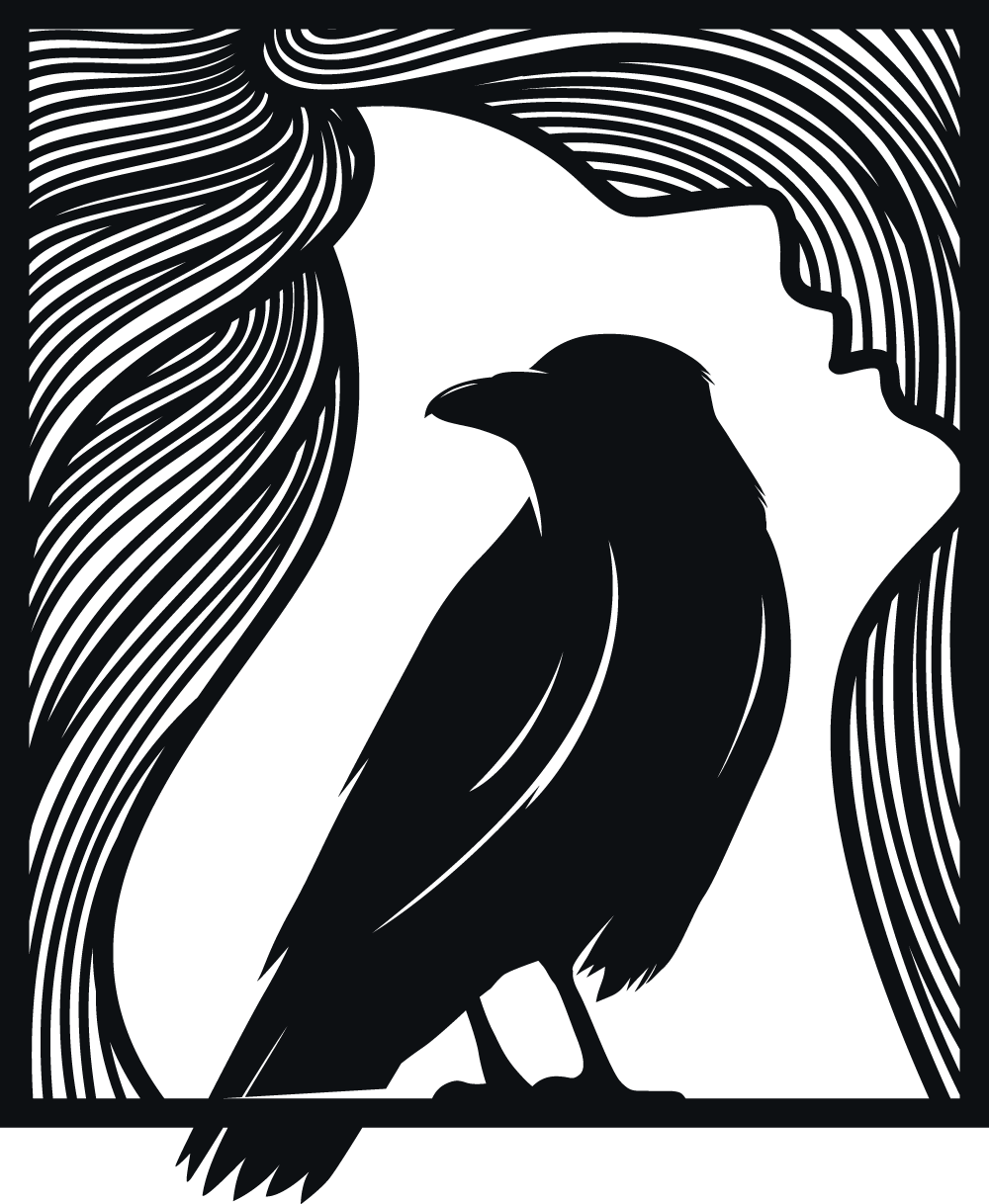
The Norse pantheon refers to the group of deities worshipped by the Norse people, originating primarily in Scandinavia(modern-day Norway, Sweden, and Denmark) and Iceland, with cultural influence extending to parts of Germany and Britain during the Viking Age.
Origins and Geography:
The Norse pantheon stems from the religious beliefs and practices of the Germanic tribes of northern Europe, particularly during the Viking Age (approximately 8th to 11th centuries CE). The Icelandic sagas, written down in the 13th century, provide much of what we know about the Norse gods today.
Key Sources:
- Poetic Edda: A collection of Old Norse poems that contain stories about the gods, heroes, and the creation and destruction of the world.
- Prose Edda: Written by the Icelandic scholar Snorri Sturluson, this work explains Norse mythology, the cosmology of the gods, and the legends of their interactions with the world.
- Sagas: Icelandic sagas like the Völsunga Saga also give insights into how the Norse gods were integrated into stories of heroes and mythical creatures.
Cosmology:
The Norse cosmos is divided into nine realms, with Asgard as the home of the gods and Midgard as the realm of humans. The Yggdrasil, the World Tree, connects all these realms.
The Norse pantheon is best known through the myths of Ragnarök, the end of the world where many gods perish in a great cosmic battle, but after which the world is reborn.
Cultural Impact:
The worship of Norse gods was practiced in Scandinavia, Iceland, and areas influenced by the Viking invasions, such as parts of Britain and Germany. Many place names and customs in these countries still reflect Norse religious beliefs. The Viking Age saw the spread of these beliefs before the eventual Christianization of these regions in the Middle Ages.
The stories and characters of the Norse pantheon continue to have cultural significance today, influencing modern literature, film, and neo-pagan practices such as Ásatrú.

